Ipamorelin
$39.00 – $57.00Price range: $39.00 through $57.00
Ipamorelin has emerged as a powerful ally for those experiencing an age-related decline in growth hormone levels, offering a significant boost in growth hormone production. Ipamorelin is a pentapeptide compound and a growth hormone releasing peptide that functions as a selective growth hormone secretagogue (National Library of Medicine), stimulating the pituitary gland to release more human growth hormones. This leads to key benefits and various aspects of improved health such as increased lean muscle mass, fat loss, and enhanced overall wellness. By enhancing the body’s natural hormone production, ipamorelin offers a promising approach to achieving better wellness and vitality.
Safety and side effects
Medical professionals generally consider Ipamorelin safe and well-tolerated compared to other growth hormone-releasing peptides. When administered properly under professional supervision, most patients experience minimal adverse effects while achieving the desired hormonal benefits.
Despite the safety of ipamorelin, you could still experience side effects. Some common side effects may include:
- Headaches
- Joint pain
- Temporary fatigue
- Water retention
- Injection site reactions
- Tingling sensations
To minimize risks, follow key safety guidelines when purchasing, handling, and administering ipamorelin. These include verifying reputable sources, ensuring secure transactions, practicing proper storage, preventing infection during administration, and seeking ongoing medical supervision.
While there is an increased risk of complications due to elevated GH levels, this is extremely rare with proper dosing protocols. Always consult with a healthcare provider before beginning peptide therapy to ensure your treatment is appropriate for your individual health status.
Dosing and administration
Medical professionals typically administer ipamorelin via subcutaneous injections, with standard dosages ranging from 200 to 300 mcg per day. The short half-life of ipamorelin means practitioners often prescribe it in multiple daily doses or combined with complementary peptides like CJC-1295 to extend and optimize treatment benefits.
The development and pharmacology of a new potent growth hormone (GH) secretagogue, ipamorelin, is described. Ipamorelin is a pentapeptide (Aib-His-D-2-Nal-D-Phe-Lys-NH2), which displays high GH releasing potency and efficacy in vitro and in vivo. As an outcome of a major chemistry programme, ipamorelin was identified within a series of compounds lacking the central dipeptide Ala-Trp of growth hormone-releasing peptide (GHRP)-1. In vitro, ipamorelin released GH from primary rat pituitary cells with a potency and efficacy similar to GHRP-6 (ECs) = 1.3+/-0.4nmol/l and Emax = 85+/-5% vs 2.2+/-0.3nmol/l and 100%). A pharmacological profiling using GHRP and growth hormone-releasing hormone (GHRH) antagonists clearly demonstrated that ipamorelin, like GHRP-6, stimulates GH release via a GHRP-like receptor. In pentobarbital anaesthetised rats, ipamorelin released GH with a potency and efficacy comparable to GHRP-6 (ED50 = 80+/-42nmol/kg and Emax = 1545+/-250ng GH/ml vs 115+/-36nmol/kg and 1167+/-120ng GH/ml). In conscious swine, ipamorelin released GH with an ED50 = 2.3+/-0.03 nmol/kg and an Emax = 65+/-0.2 ng GH/ml plasma. Again, this was very similar to GHRP-6 (ED50 = 3.9+/-1.4 nmol/kg and Emax = 74+/-7ng GH/ml plasma). GHRP-2 displayed higher potency but lower efficacy (ED50 = 0.6 nmol/kg and Emax = 56+/-6 ng GH/ml plasma). The specificity for GH release was studied in swine. None of the GH secretagogues tested affected FSH, LH, PRL or TSH plasma levels. Administration of both GHRP-6 and GHRP-2 resulted in increased plasma levels of ACTH and cortisol. Very surprisingly, ipamorelin did not release ACTH or cortisol in levels significantly different from those observed following GHRH stimulation. This lack of effect on ACTH and cortisol plasma levels was evident even at doses more than 200-fold higher than the ED50 for GH release. In conclusion, ipamorelin is the first GHRP-receptor agonist with a selectivity for GH release similar to that displayed by GHRH. The specificity of ipamorelin makes this compound a very interesting candidate for future clinical development.
| Quantity | 5mg, 10mg |
|---|
Be the first to review “Ipamorelin” Cancel reply
Related products
peptides
peptides
peptides
peptides
peptides
peptides
peptides
peptides

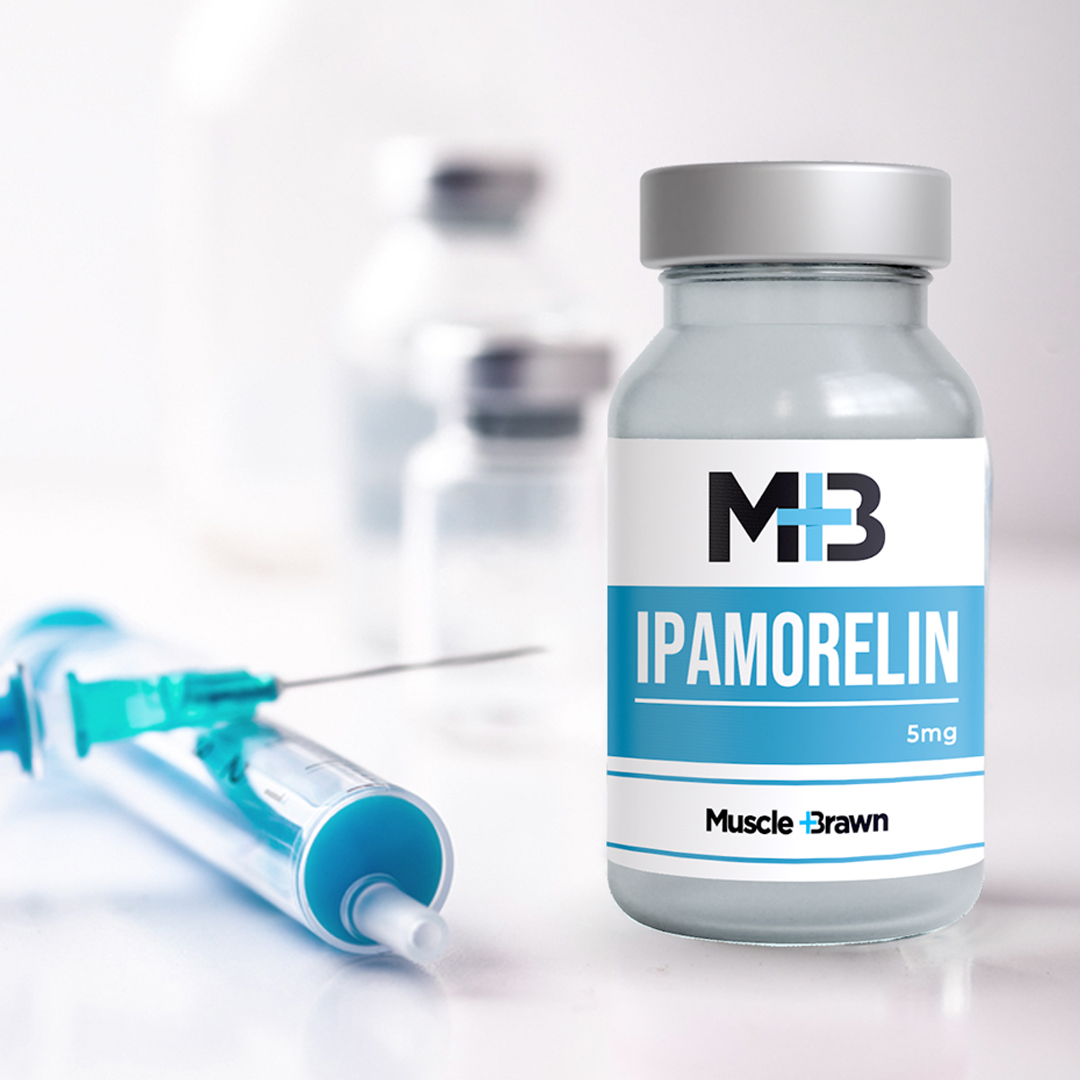
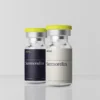


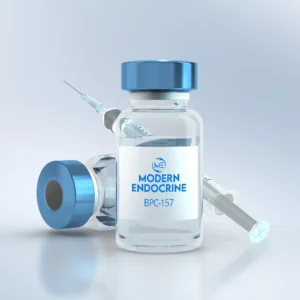
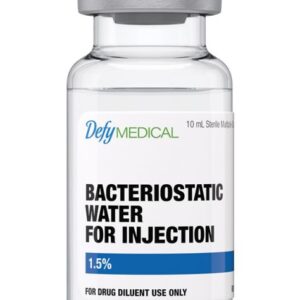
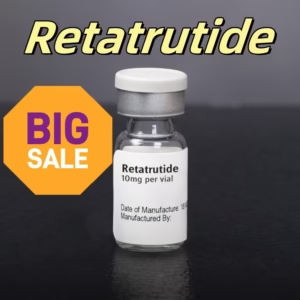
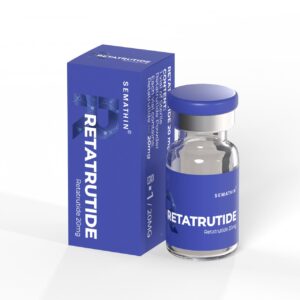
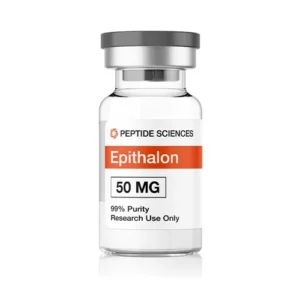
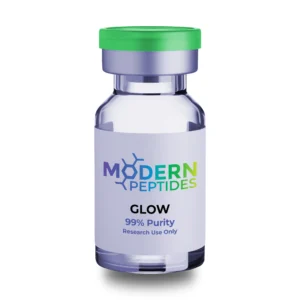
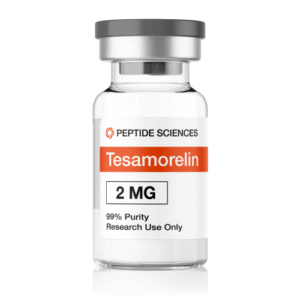
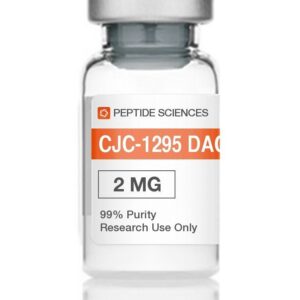
Reviews
There are no reviews yet.